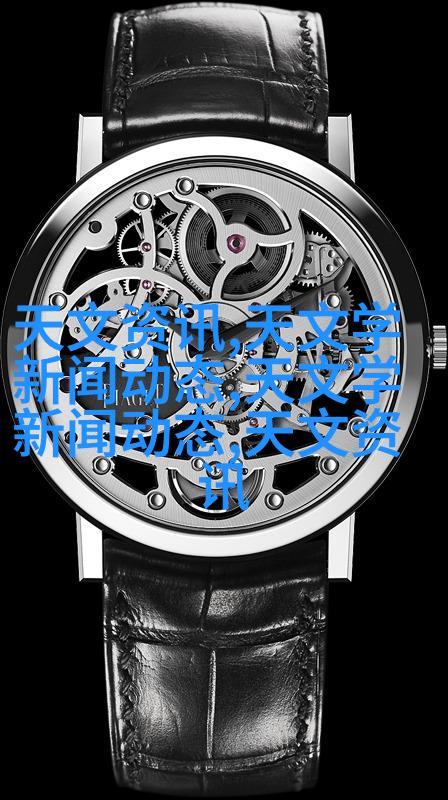您可能熟悉以太网,这是一种网络协议,允许计算机(通常在办公室、学校或商业环境中)共享文件、浏览互联网以及访问连接到网络的打印机和其他硬件。以太网因其高速数据传输、高效、简单和灵活而广泛采用,是世界上最广泛使用的网络协议。此外,它的实施成本相对较低,使得以太网成为工业环境中一种有吸引力的网络技术。

然而,在工业设置中使用标准以太网存在一个基本问题:TCP/IP协议本身并不提供自动化和处理应用所需的实时性能保证。而且,以太网物理层可以提供这些性能。但是,工业应用需要一种新的实时通信协议,以利用以太网物理层,并为设备之间提供确定性通信。在此基础上,开发了工业以太网。
IEEE标准802.3定义了以太网,并指定了网络功能的物理和数据链路层。TCP/IP是在这些数据链路层之上的用于通过以太网进行通信的一套协议,其中TCP是传输控制协议,可以确保数据包无差错地传送,而IP是Internet协议,它根据IP地址路由数据包。

每个网络栈都由多个层组成,每一层负责处理某些方面的数据传输和管理。Industrial Ethernet基于标准Ethernet硬件(物理和数据链路层),但有一些修改,如在某些情况下使用不同的传输方式。
Industrial Ethernet指的是一组基于标准Ethernet硬件(物理和数据链路层)与互联网协议(网络和传输层)以及专有应用程序中的Ethernet protocol。这使得它能够确保正确发送并接收特定操作所需的时间内正确位置上的数据,就像办公室中的设备一样访问工厂车间中的驱动器、PLC、工作站及I/O设备内存储的信息。

为了实现基于Ethernet结构下的确定性,Industrial Ethernet采用三种方法之一。一种方法称为Standard Software/Standard Ethernet,它使用带有TCP/IP protocols of standard Ethernet,但顶部应用程序集成了机制来实现实时通讯。Another approach is Open Software/standard Ethernet, which uses the standard layers of a network and new (standard) protocols to manage access to the network and synchronize data sent from each node (device) to ensure that priority data is transmitted first. The third method, Open Software/Improved Ethernet, is based on standard hardware but uses new protocols and additional complementary hardware to ensure determinism.
Apart from these architecture modifications, Industrial Ethernet often requires stronger hardware (such as cables and connectors) than Standard Ethernet does in order to withstand harsh environmental conditions common in industrial settings. Many Industrial Ethernet applications also require careful shielding, grounding, and filtering to handle electromagnetic interference (EMI or noise).

Note: This article is for educational purposes only. If there are any copyright issues with this content, please contact us at QQ 2737591964 for removal. We apologize for any inconvenience caused by our previous publication!



